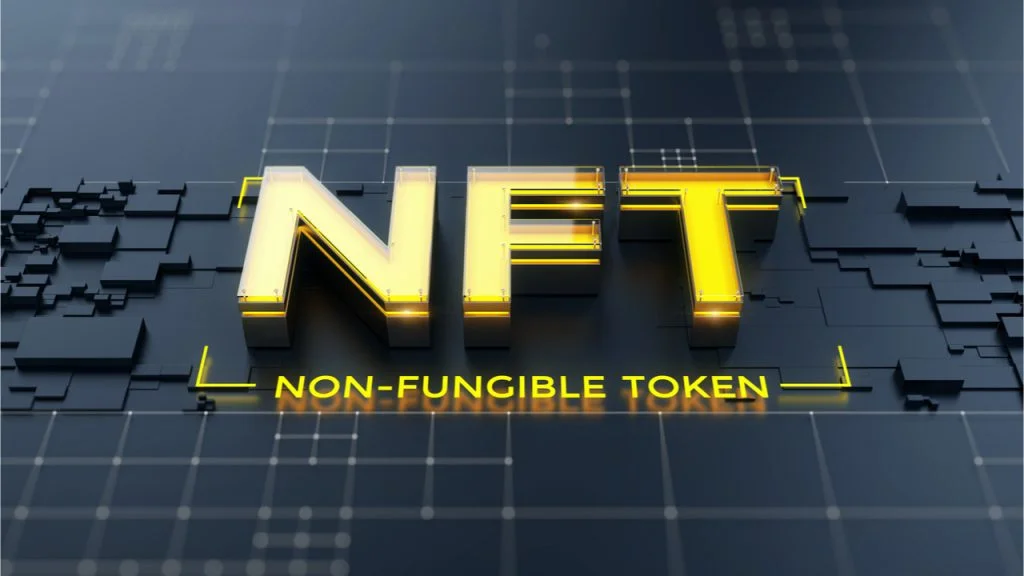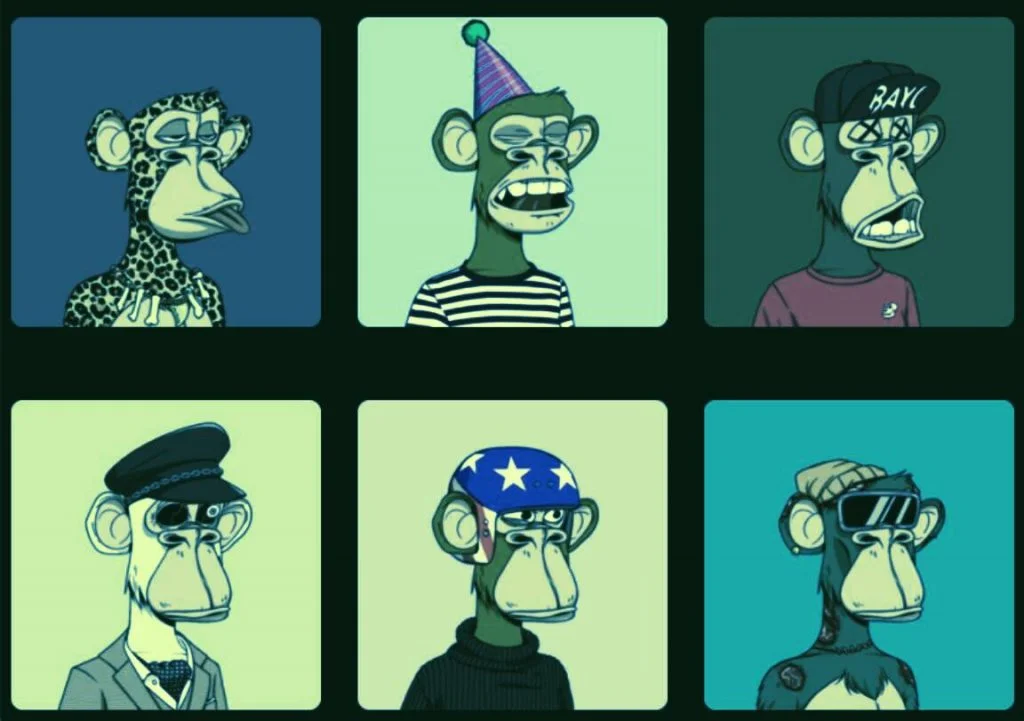NFTs dominated the news this year more than anything else in crypto, from JPEGs to sports footage to crypto creatures.

In 2021, Bitcoin more than quadrupled its previous all-time high price, the Ethereum ecosystem exploded, institutional investors flocked to cryptocurrency, and Dogecoin became a mainstream catchphrase.
Amazingly, the one thing that everyone couldn’t stop talking about was JPEGs.
Perception about NFT
A year ago, NFTs were a niche product. They’ve now become a cultural phenomenon. Not only has the phrase infiltrated popular culture and made digital asset ownership a more commonly understood idea in the last 12 months, but the sector has also grown to billions of dollars in monthly trades.
Many people have strong feelings about NFTs, and it’s a two-way street. NFTs are both fiercely loved and detested, whether it’s for pleasure, disgust, or a little FOMO.
Depending on who you ask, they’re either the future of ownership or a cynical and environmentally damaging con.
What is an NFT (non-fungible token) in the end?
An NFT is not a JPEG, despite popular perception. It’s not a disinterested monkey or pixelated face on your profile, a sports highlight converted into a digital souvenir, or a cartoonish monster fighting for you in a video game. All of these things can be represented by an NFT.
The NFT is a blockchain-based token that verifies you are the only owner of that one-of-a-kind digital thing, whatever that item may be.
Smart contracts, or the code that runs NFTs, allow you to sell or transfer your NFT, set eternal royalties for artists, use assets in games and metaverse worlds, and more.
Sports and celebrities aided in the transformation of NFTs
Sports and celebrities aided in the transformation of NFTs from a niche market to a true craze in early 2021.
In both February and March, Dapper Labs’ NBA Top Shot generated more than $200 million in trade volume, which was more than the entire NFT market generated in 2020.
Whether it was Grimes or Rob Gronkowski, or crypto-centric innovators like Pak and 3LAU, celebrities and artists made waves in the NFT arena early this year.
But it was digital artist Beeple, whose $69.3 million sales of a single NFT at a Christie’s auction in early March—the third-largest single sale by any living artist—that placed an exclamation point on the early-year NFT boom.
In retrospect, that may have been the peak of the early NFT craze, a hint that the enthusiasm had outrun the market’s genuine hunger.
Top Shot sales continued to dwindle, and a growing number of high-profile celebrity drops failed to produce significant profits. Many people wondered if the NFT craze was just a passing trend.
NFT craze was not just a passing trend
In total, the market generated $2.5 billion in deals in the first half of 2021, almost evenly split across quarters, but the Q1 frenzy faded in the late spring and early summer.
The market’s own freefall didn’t improve matters. However, as cryptocurrency values rose in July, the NFT market was fueled by rocket fuel and soared to new heights in August.
OpenSea, the top NFT platform, saw its Ethereum trading volume surge from $150 million in June to $329 million in July and then $3.4 billion in August.
And this time, it was more unique, crypto-native enterprises that fueled the uptick, demonstrating the possibilities for creativity, community, and functional utility with digital assets.
The O.G. CryptoPunks passed the baton to the Bored Ape Yacht Club, which treats its NFT profile photographs as all-access passes to an elite club with perks—and grants holders the ability to monetize the images.

Art Blocks, like EulerBeats, uses Ethereum’s own blockchain to generate algorithmically generated artwork.
Meanwhile, Axie Infinity demonstrated the immense potential of NFTs in video games, swiftly becoming the largest NFT project to date as millions of users purchased and battled cartoonish, Pokémon-like creatures. It even provided a source of income for some.
Another project, Loot, started with NFT fantasy item lists. Now, the decentralized community that has sprouted up is working together to create game experiences centered on the NFTs.
Immersive worlds like The Sandbox and Decentraland symbolize the expanding digital frontier, allowing ownership of the virtual territory that can be changed, shared, and even sold, as the metaverse takes shape.
It’s an NFT world, and if Facebook’s and others’ ambitious metaverse ambitions come to fruition, we may all be living in it before long.
Backlash and media attention
The NFT market is growing, according to DappRadar, with $10.67 billion in Q3 trading activity and an estimated $22 billion year-to-date.
It appears to be evolving as well, as more use cases emerge amid a broader shift toward utility-oriented NFTs. Web3 considers NFTs to be an important building block—in other words, the keys to the metaverse.
NFTs have aided in the education of people about cryptocurrencies and blockchain technology. Many of them are vibrant and appealing, and they relate to popular art and culture.
NFTs have made crypto more approachable, even though onboarding and usability are still work in progress. “DeFi has brought the capital into crypto, and NFTs are bringing the people into crypto,” Nansen CEO Alex Svanevik.
However, NFTs have a perception issue. Sure, most of us find it strange that someone would spend millions of dollars on a Twitter avatar. But that’s just the tip of the iceberg in terms of the challenges the market will have to overcome over time.
Even for collectibles and assets mined on less energy-intensive blockchain systems (like Solana), the environmental effect of Ethereum continues to dominate the narrative around NFTs, and fraud and exploits continue to proliferate across the crypto industry.
On social media, there is a lot of vocal opposition to NFTs, and firms and projects that desire to explore the field often encounter pushback. However, as recent cuts from McDonald’s and Budweiser show, this hasn’t stopped major brands from dabbling.
Marketers believe that the Budverse is on its way, but so is the Tinderverse and White Castle’s Sliderverse.
